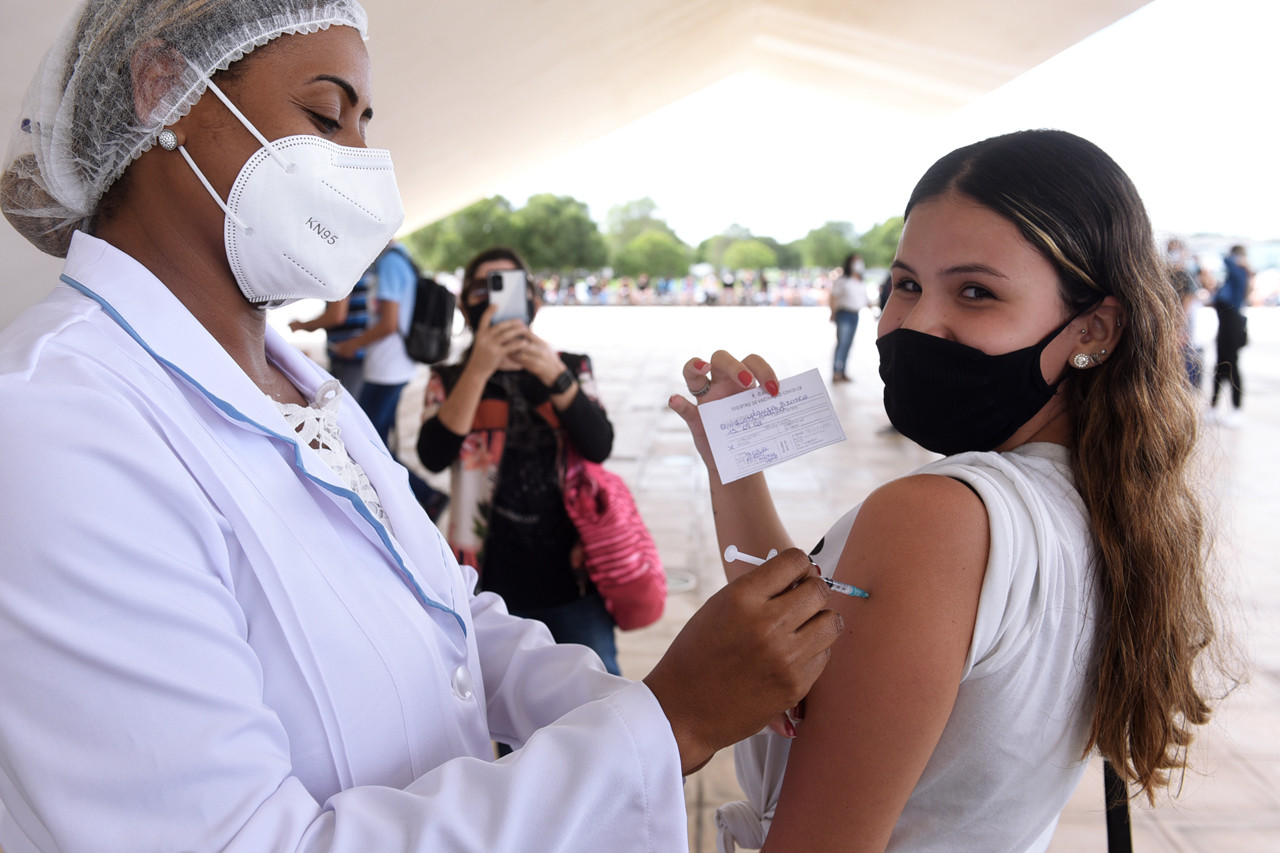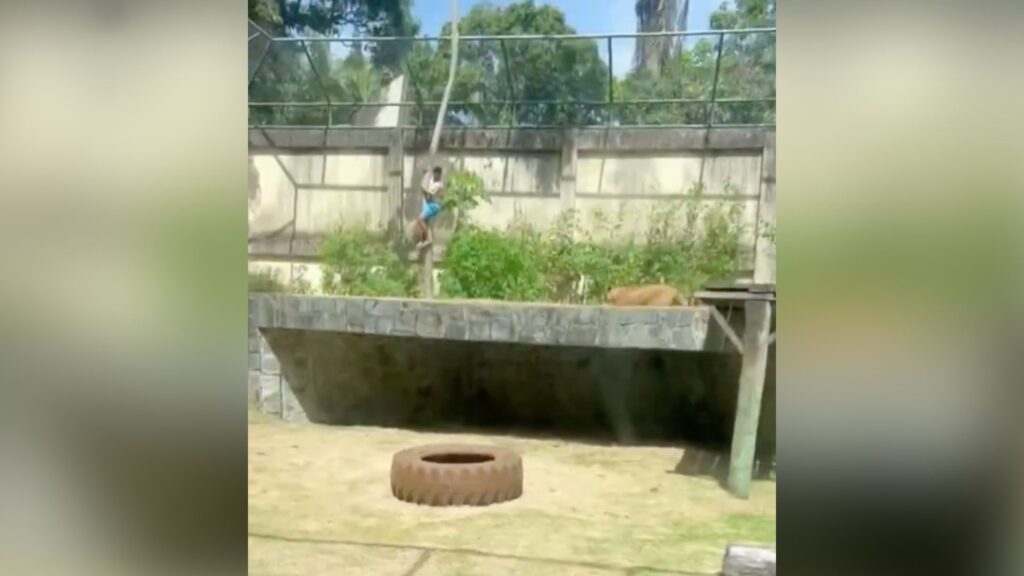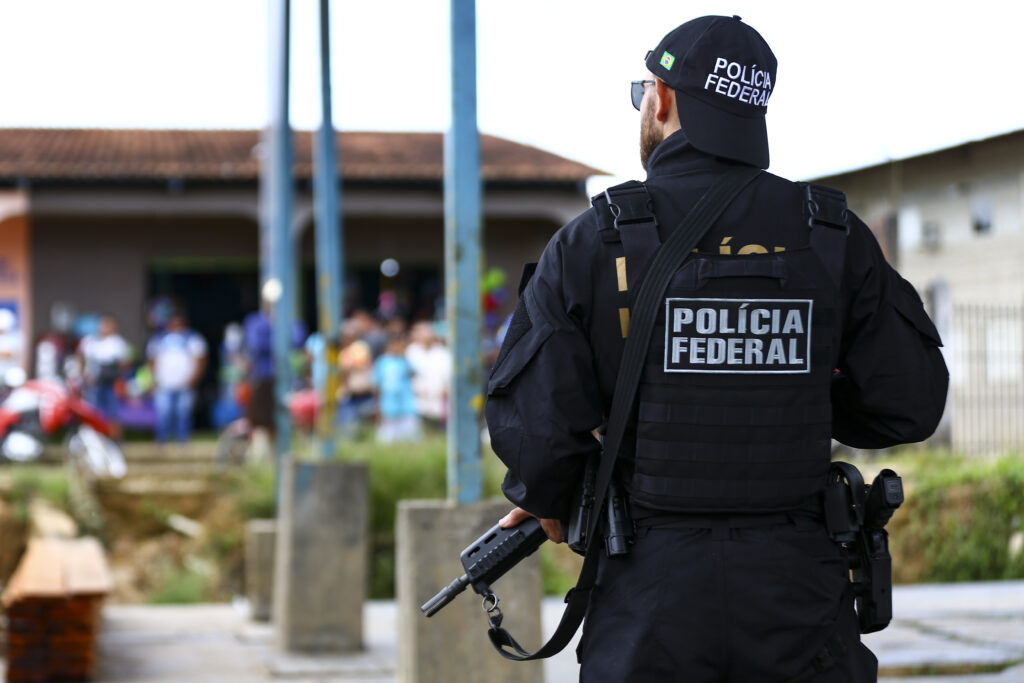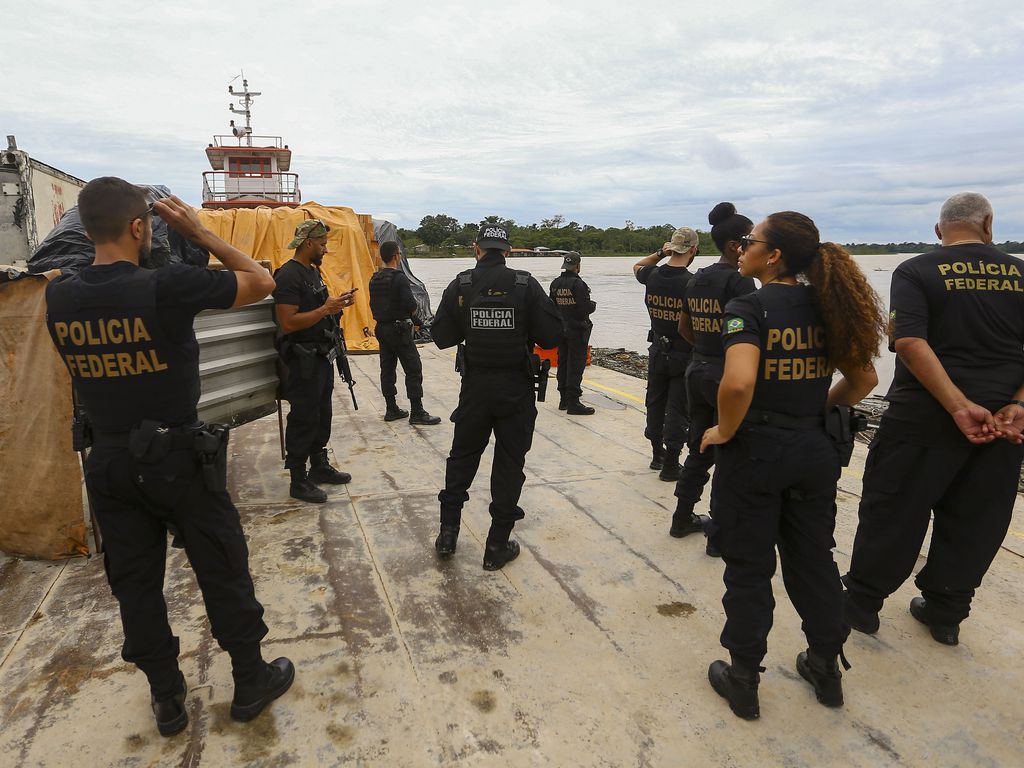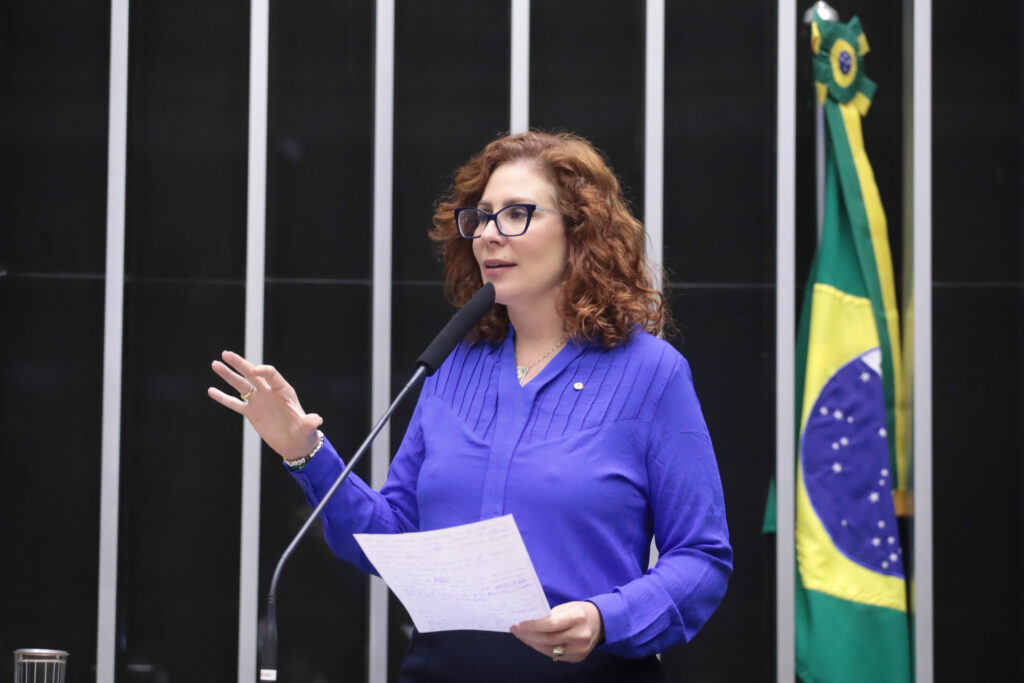São Paulo, Brazil – Low rates of vaccination against the Human Papillomavirus (HPV) has left Brazil far from the World Health Organization’s goal of eliminating the disease by 2030. The goal is to achieve 90% of teenagers vaccinated by that time, but Brazil currently only has 76% of girls aged nine to 14 years with the first dose and only 57% with the second dose.
Among boys aged 11 to 14 years, the numbers are even smaller: 52% of boys have received the first dose and 36% received the second. If this pace continues, Brazil will not reach the necessary goal for eliminating the disease in the next seven years, which means a serious public health problem, since 99.7% of cases of cervical cancer are related to the HPV virus.
Cervical cancer is the fourth leading type of cancer killing women in Brazil. According to the National Cancer Institute, there are, on average, more than 16,000 new cases of the disease per year, with 6,000 deaths. Also, in Brazil, the annual mortality rate is 4.6 per 100,000 women, while in the United States it is 2.2 per 100,000.
With the aim of eliminating cervical cancer globally by 2030, the WHO signed a commitment with 194 countries to save women’s lives. The WHO strategy is based on three pillars: vaccination, screening and treatment. Brazil signed the agreement, but vaccination coverage well below 90% indicates that there is still so much to be done in the country.
“Combating cervical cancer requires actions against many barriers, such as a strong communication with the population about the disease, information on the safety and efficacy of the vaccine and the fight against fake news disseminated against HPV vaccines, which undoubtedly triggers fear and distrust among young people and their parents,” said the President of the Brazilian Society of Immunizations Dr. Mônica Levi.
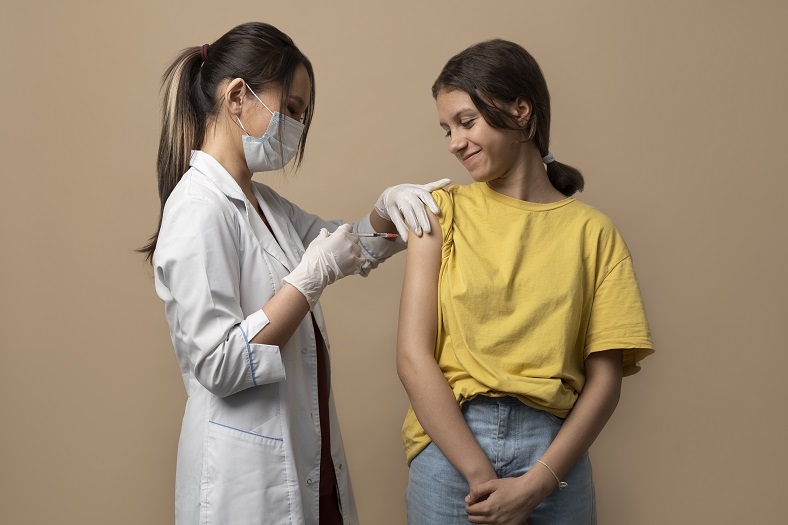
Low vaccination coverage
Data on vaccination coverage against HPV was released in March by the Cancer Foundation, an NGO that works to combat cancer in the country. The NGO said that there is a lack of information for Brazilians about the safety, effectiveness, target population and number of doses of the HPV vaccine, and it is essential to overcome these barriers to recover vaccination rates.
“What can be seen from the information presented in this study is that, despite the existence of a vaccine against HPV and its availability free of charge in the public health system (SUS), there is still a difficulty in achieving adequate vaccination coverage. This difficulty is shown to be bigger when it comes to the complete vaccination schedule, which means receiving the two doses indicated,” read the study.
Another problem identified in the study is the inequality in vaccination between the five regions of Brazil. The lowest vaccination coverage was recorded in the northern region, one of the poorest in the country, where the Amazon rainforest and most of Brazil’s Indigenous population is located. On the other hand, the highest rate is in the southern region, one of the richest in the country.
According to the Cancer Foundation, social inequality in Brazil contributes to the heterogeneity of vaccination coverage, showing the need for authorities to plan specific strategic actions for each region.
The Foundation also said that the advancement of cervical cancer control in Brazil in the coming years depends on the increase in vaccination against HPV, the reduction of access barriers, especially for women who have never undergone medical examinations or have had them for more of three years, and the guarantee of the quality of the screening tests.

Tests and vaccines on the public health system
To try to reverse this situation, in March, the Ministry of Health launched a strategy to reduce cases of cervical cancer in the country. The project provides for actions to prevent the disease, increase in vaccination and inclusion of molecular testing (PCR) for detection of HPV in the public health system.
Recommended by the World Health Organization, the test more precisely identifies the presence of the virus and, with that, it will be possible to expand the screening of the disease in the female population between 25 and 64 years old and reduce severe cases and deaths. Currently, the diagnosis is made in the public health system only by a pap smear.
“We are going to protect women, along with the HPV vaccine and cervical cancer screening,” said Health Minister Nísia Trindade during the launch of the program in the city of Recife, in the northeastern state of Pernambuco.
Recife is the first city to receive the “National Strategy for the Control and Elimination of Cervical Cancer.” About 400,000 women aged 25 to 64 will be tested for HPV free of charge. As of the second semester, the actions will be expanded to the rest of the country.
With regard to vaccination, the government’s idea is to reach 90% coverage, according to the goal fixed by the WHO. Since 2014, the vaccine has been free, available in health facilities across the country and is recommended for teenagers between nine and 14 years of age.


